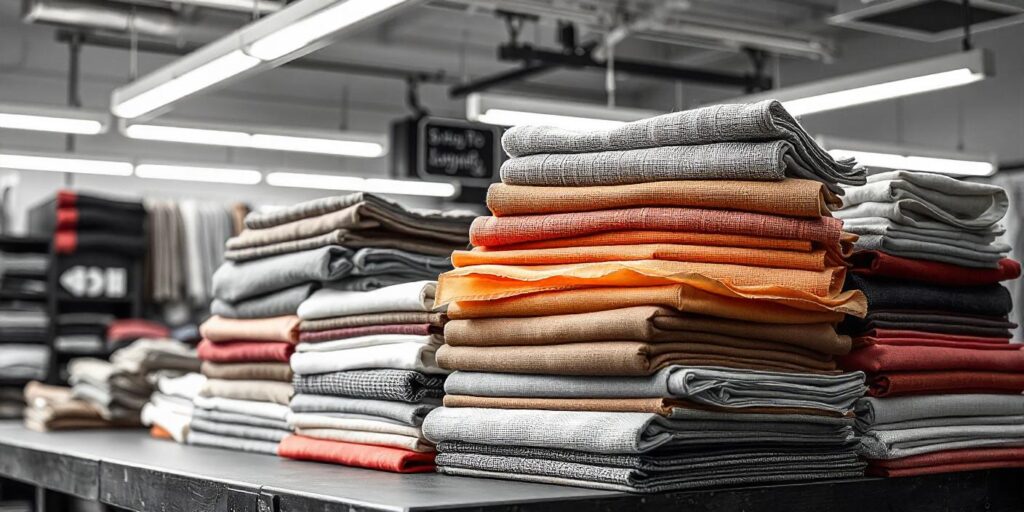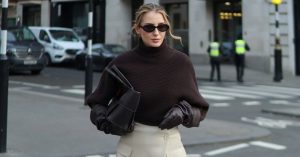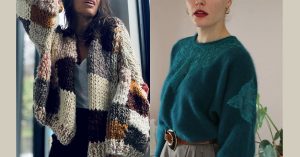Choosing the right fabric can make or break an outfit, so how do you identify different fabric types in fashion? Whether you’re selecting materials for your own designs, shopping for clothes, or simply curious about fashion, understanding fabric types is crucial.
Each material has unique properties that impact everything from how comfortable a piece of clothing is to how well it holds its shape. Let’s break down the essentials of fabric types and their uses in the fashion world. But don’t worry, this won’t be as overwhelming as it sounds!
The Basics of Fabric Types
Before diving into specifics, it’s helpful to know that fabrics generally fall into two categories: natural and synthetic. Natural fabrics come from animal or plant sources (think cotton, wool, and silk), while synthetic fabrics are man-made, often using chemicals (like polyester and nylon). Each type has its pros and cons, and the choice depends on your specific fashion needs.
Now, let’s explore some of the most common fabrics used in fashion and what makes them so special.
Cotton

Cotton is perhaps the most well-known fabric out there, and for good reason. It’s breathable, lightweight, and easy to care for, making it a go-to for everyday wear. You’ll find cotton in everything from T-shirts to dresses to denim. Not only is cotton versatile, but it’s also perfect for anyone with sensitive skin since it’s a natural fiber.
Best uses: Casual wear, T-shirts, denim, bedding
Why you should love it: Cotton is soft, breathable, and durable – basically everything you want in an everyday fabric.
Wool

Wool is a natural fiber derived from sheep, making it incredibly warm and cozy. It’s the ideal fabric for cold-weather clothing like sweaters, scarves, and coats. Wool is also moisture-wicking and odor-resistant, making it a popular choice for outdoor gear. The downside? It can sometimes be itchy and requires more care when washing.
Best uses: Winter coats, sweaters, scarves, blankets
Why you should love it: Wool keeps you warm without making you feel damp, plus it’s great for layering.
Silk

When you think of luxury, silk likely comes to mind. This smooth, shiny fabric is known for its elegant appearance and is often used in high-end clothing. Silk is lightweight yet strong, and it drapes beautifully, making it ideal for evening wear and lingerie. However, it’s not the most durable fabric and often requires dry cleaning.
Best uses: Evening gowns, blouses, lingerie, scarves
Why you should love it: Silk has an undeniable elegance and a natural sheen that instantly elevates any outfit.
Polyester
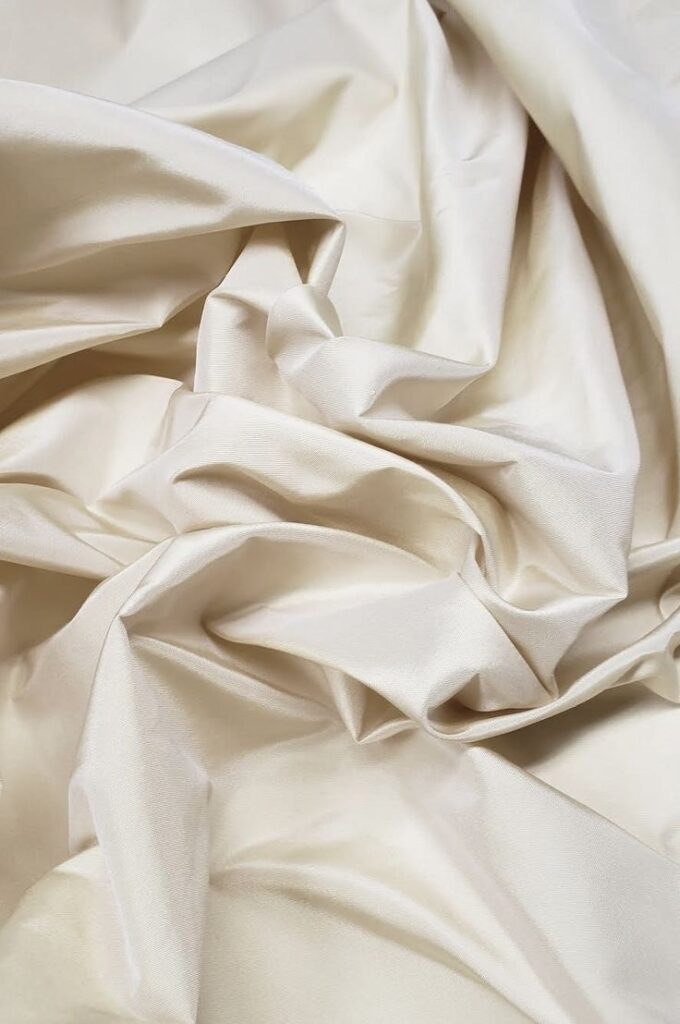
Polyester is one of the most commonly used synthetic fabrics in fashion. It’s incredibly durable, wrinkle-resistant, and quick-drying, which makes it popular in activewear and outerwear. On the downside, polyester isn’t as breathable as natural fabrics like cotton, so it may not be the best choice for very hot weather.
Best uses: Activewear, outerwear, swimwear
Why you should love it: Polyester is tough, low-maintenance, and can mimic the feel of more expensive fabrics like silk.
Linen
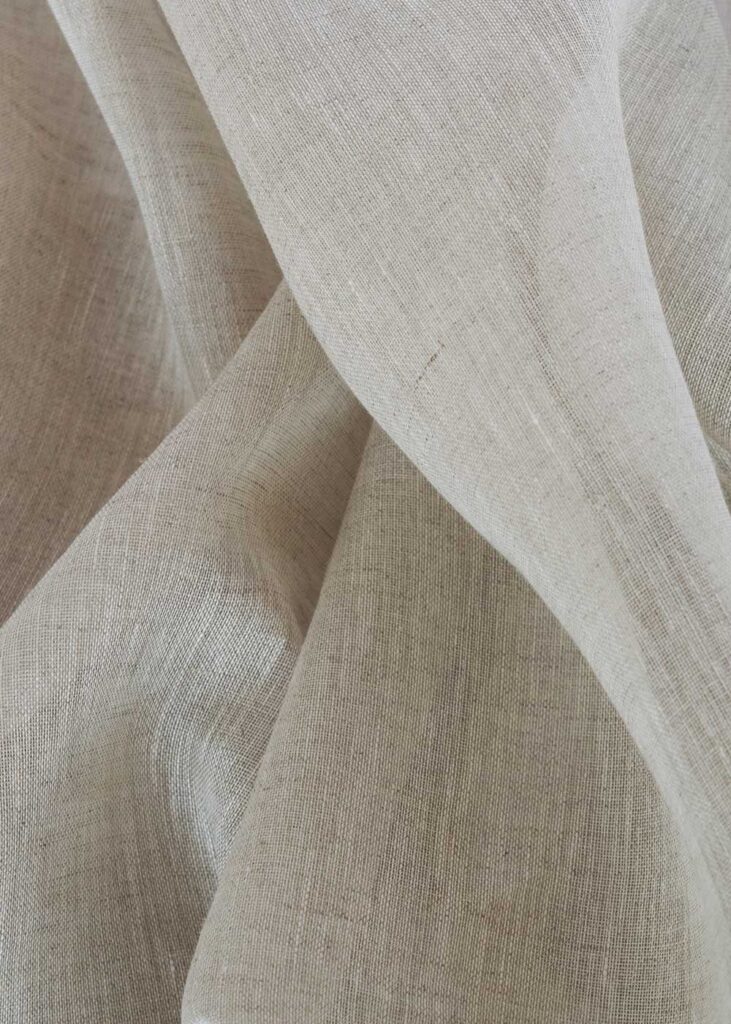
Linen is a natural fiber made from the flax plant, known for being incredibly breathable and lightweight. It’s the perfect fabric for hot weather and is often seen in summer dresses, pants, and shirts. The downside? Linen wrinkles easily, so if you’re not a fan of ironing, this might not be your favorite fabric.
Best uses: Summer wear, lightweight shirts, dresses, home decor (like curtains and tablecloths)
Why you should love it: Linen’s breathability makes it unbeatable in hot weather, and its natural texture adds a relaxed, effortless vibe to any outfit.
Nylon

Nylon was one of the first synthetic fabrics to hit the fashion scene and is prized for its strength and elasticity. It’s commonly used in items that need to be both durable and stretchy, like swimwear, hosiery, and workout gear. Nylon also resists water, making it a go-to for rain jackets and umbrellas.
Best uses: Swimwear, hosiery, rain jackets, athletic wear.
Why you should love it: Nylon is super strong, stretchy, and perfect for items that need both durability and flexibility.
Denim

Who doesn’t love a good pair of jeans? Denim is a rugged cotton twill fabric that has been a staple in fashion for decades. Known for its durability and timeless appeal, denim can be found in everything from jeans to jackets to dresses. While it’s tough, denim can be heavy and doesn’t always have the best breathability.
Best uses: Jeans, jackets, overalls, skirts.
Why you should love it: Denim is durable, versatile, and gets better with age (who doesn’t love the look of worn-in jeans?).
Rayon
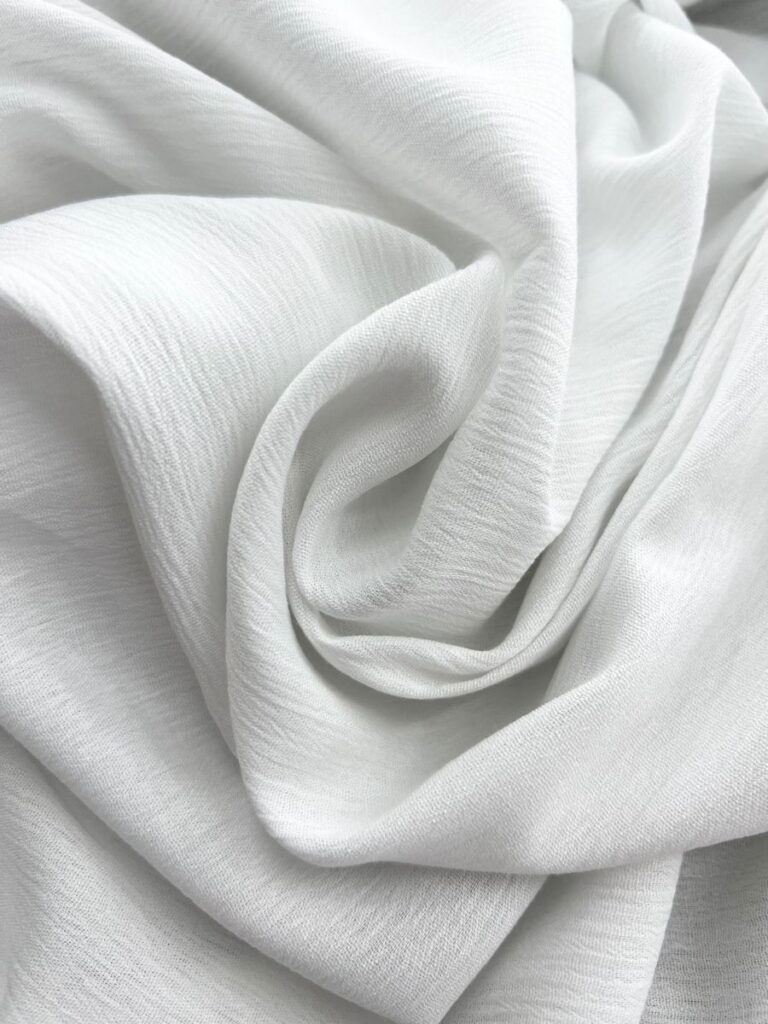
Rayon is a semi-synthetic fabric made from natural sources like wood pulp. It’s known for its softness, breathability, and ability to mimic the feel of more luxurious fabrics like silk or linen. Rayon is often used in flowy dresses and blouses but can wrinkle easily and may not hold up well in high-heat environments.
Best uses: Dresses, blouses, skirts, linings
Why you should love it: Rayon drapes beautifully, making it perfect for outfits that need to flow and move with ease.
Spandex (Lycra/Elastane)
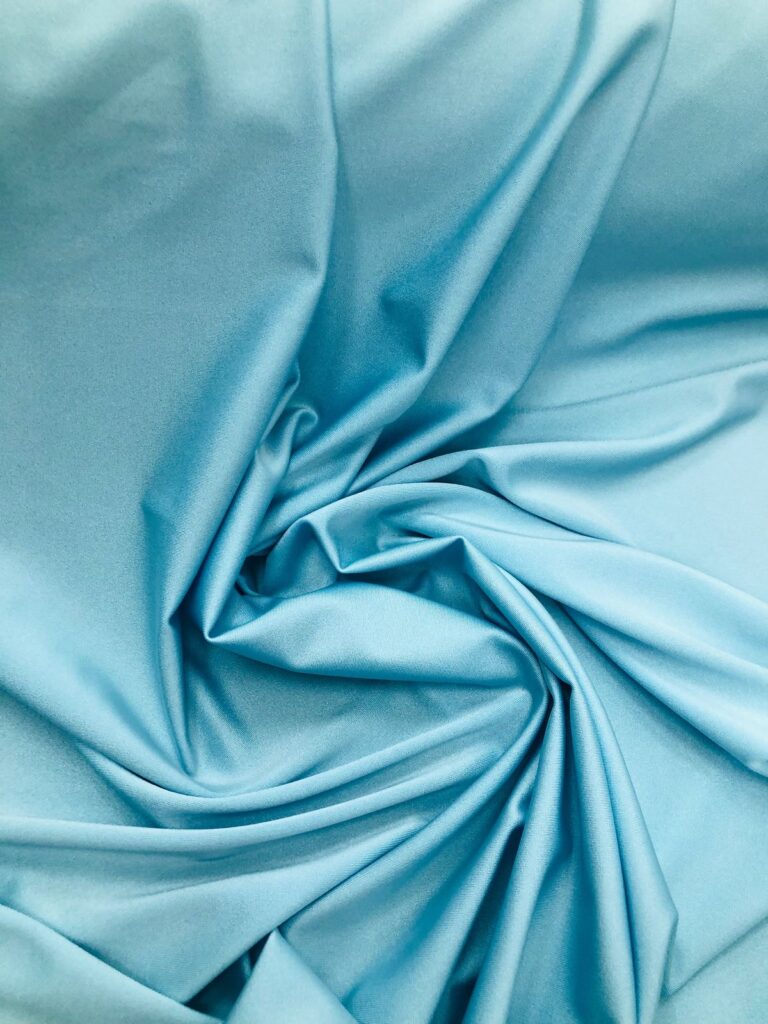
If you’ve ever worn yoga pants, you’ve probably encountered spandex. This fabric is famous for its incredible stretch and recovery, making it a key component in activewear and fitted clothing. A little spandex can go a long way in improving the fit and comfort of garments, though it’s often blended with other materials for the best results.
Best uses: Activewear, leggings, swimwear, underwear
Why you should love it: Spandex adds comfort and flexibility, making form-fitting clothes more comfortable to wear.
Velvet
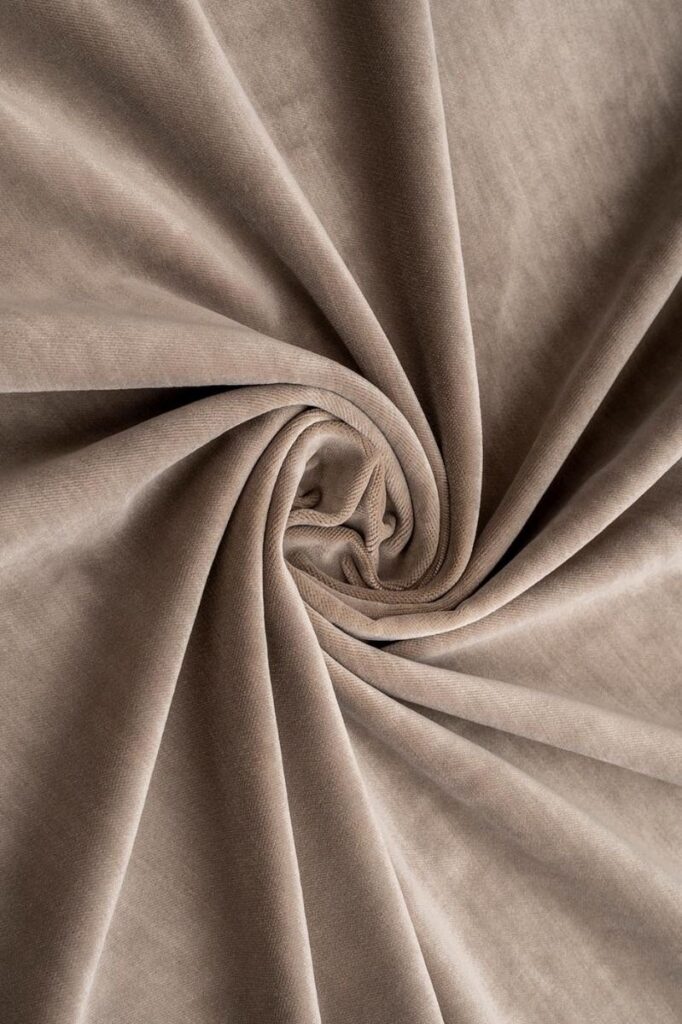
Velvet is synonymous with luxury and opulence. Known for its soft, plush texture, velvet is often used in evening wear , formal attire, and home décor. It has a beautiful drape and a unique sheen that makes it stand out. However, velvet can be tricky to care for, often requiring special attention when washing.
Best uses: Evening gowns, blazers, upholstery, accessories
Why you should love it: Velvet adds instant glamour to any look, thanks to its rich texture and sheen.
Whether you’re building your wardrobe, designing clothes, or simply learning more about fashion, understanding different fabric types is essential. Each fabric has its strengths and weaknesses, and knowing which one to use can make all the difference in how your clothes look and feel. So next time you’re shopping or styling an outfit, take a moment to consider the fabric—it might just elevate your fashion game to the next level!

